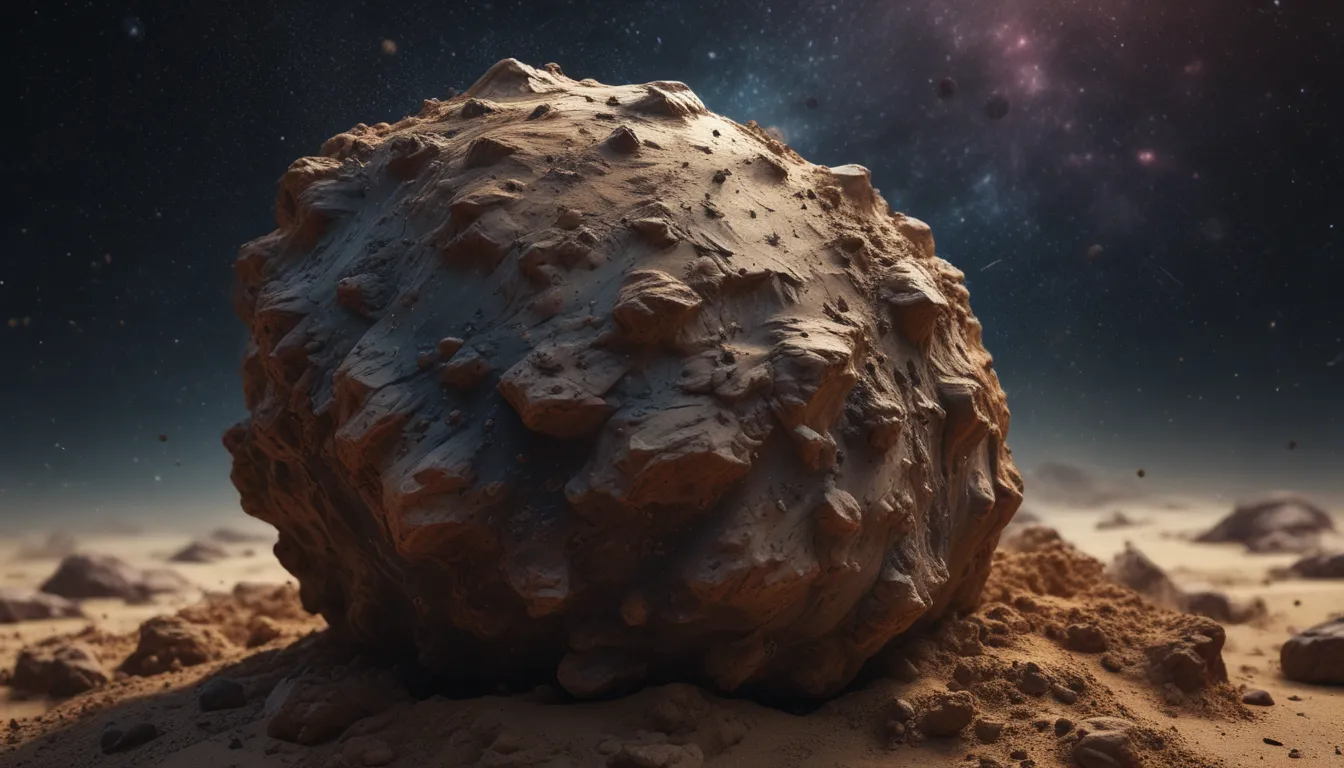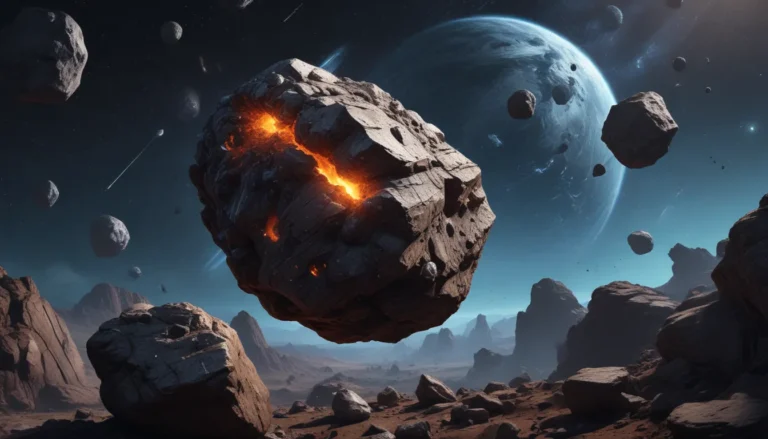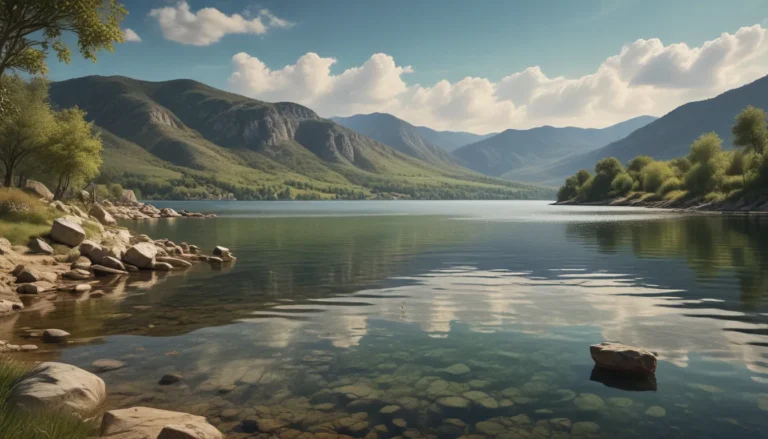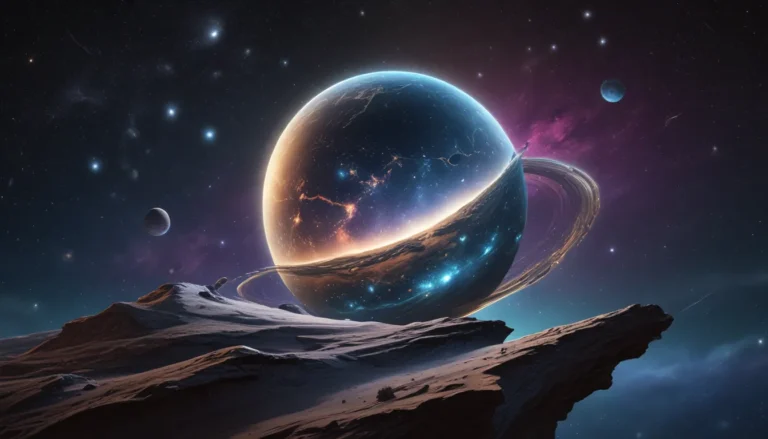The pictures we use in our articles might not show exactly what the words say. We choose these pictures to make you interested in reading more. The pictures work together with the words but don’t take their place. The words still tell you the important facts.
Planetary dust and particles are more than just tiny specks floating in space; they hold a universe of secrets waiting to be discovered. These minuscule fragments play a vital role in shaping the cosmos as we know it, influencing everything from planetary formation to the climate of distant worlds. Join us on a cosmic journey as we unravel eight surprising facts about planetary dust and particles that will expand your understanding of the universe.
The Ubiquity of Planetary Dust in Our Solar System
Planetary dust and particles are scattered throughout our solar system, from the dusty expanse of Mars to the swirling clouds of Jupiter. These microscopic remnants provide valuable insights into the geological history and composition of celestial bodies, offering clues about their origins and evolution.
Challenges Posed by Planetary Dust in Space Exploration
The fine particles of planetary dust can present significant challenges for space missions, posing risks to spacecraft equipment and astronauts. Understanding the behavior and characteristics of these particles is crucial for designing protective measures and ensuring the success of missions exploring the cosmos.
Planetary Dust’s Role in Stellar and Planetary Formation
Far from being mere remnants of celestial bodies, planetary dust particles play a pivotal role in the formation of stars and planets. Under the influence of gravity, these tiny particles coalesce to form larger objects like planetesimals and protoplanets, eventually giving rise to fully-formed celestial bodies.
Influence of Planetary Dust on Climate Dynamics
Planetary dust exerts a significant influence on the climate of planets like Earth and Mars. In Earth's atmosphere, dust particles can scatter sunlight, affecting energy balance and leading to changes in temperature and weather patterns. Similarly, dust storms on Mars can impact the planet's climate and atmospheric dynamics.
Tracing Cosmic History Through Planetary Dust
The microscopic particles of planetary dust contain valuable information about the history and evolution of the universe. Preserving isotopic signatures, noble gases, and organic molecules from ancient stellar explosions and interstellar dust clouds, these particles serve as time capsules for scientists unraveling the mysteries of cosmic origins.
Potential Insights Into Extraterrestrial Life Through Planetary Dust
Studying planetary dust and particles offers a window into identifying environments that could support extraterrestrial life. By examining their composition and characteristics, researchers can assess whether celestial bodies harbor the necessary conditions for life to exist beyond our planet.
Aesthetic Contributions of Planetary Dust to Celestial Phenomena
Planetary dust doesn't just influence scientific phenomena; it also contributes to the beauty of our skies. From the colorful hues of sunsets to the mesmerizing lights of the aurora borealis, the interaction of light with dust particles in Earth's atmosphere creates stunning visual displays that captivate and inspire us.
Ongoing Scientific Research on Planetary Dust
Scientists continue to deepen their understanding of planetary dust and particles through sophisticated instruments and research missions. By collecting and analyzing samples, conducting simulations, and exploring different planetary environments, researchers expand our knowledge of the cosmos and pave the way for future space exploration missions.
Delving Into the Cosmic Mysteries of Planetary Dust and Particles
In conclusion, planetary dust and particles hold a treasure trove of knowledge about our universe. From planetary formation to the search for extraterrestrial life, these microscopic entities play a crucial role in shaping our understanding of the cosmos. As we uncover more surprising facts about planetary dust and particles, we not only enrich our knowledge but also inspire the next generation of explorers and scientists to reach for the stars.
FAQs
- What is planetary dust composed of?
-
Planetary dust consists of mineral particles, microscopic rock fragments, organic compounds, and tiny ice crystals.
-
How does planetary dust contribute to planet formation?
-
Planetary dust plays a critical role in the accretion process, where particles collide and merge to form larger bodies like asteroids, moons, and planets over millions of years.
-
Are planetary dust particles harmful to space missions?
-
While planetary dust particles can pose challenges to space missions, scientists and engineers take precautions to mitigate risks to equipment and optical systems.
-
Can planetary dust particles offer clues to extraterrestrial life?
-
There is a possibility that planetary dust particles could contain traces of organic compounds or microbial life from other celestial bodies, prompting scientists to study these particles for evidence of extraterrestrial life.
-
How do scientists collect and analyze planetary dust particles?
-
Scientists collect planetary dust particles by sending spacecraft to remote locations like comets, asteroids, and the Moon, then use specialized tools to analyze the composition and characteristics of these particles.
-
Can studying planetary dust particles help us understand the universe's origins?
-
Yes, by studying the composition and structure of planetary dust particles, scientists gain insights into the early stages of the universe, including the formation of galaxies, stars, and planets.
-
Are there ongoing missions focused on planetary dust studies?
-
Yes, missions like NASA's Stardust and JAXA's Hayabusa2 are dedicated to collecting and studying planetary dust particles, providing valuable data for enhancing our understanding of the universe.
-
How does planetary dust impact Earth?
- Planetary dust can influence Earth's climate by reflecting or absorbing sunlight, affecting the atmosphere's energy balance. Certain types of planetary dust particles can also impact ecosystems and human health upon deposition.
The exploration of planetary dust and particles continues to captivate the minds of scientists and enthusiasts alike. Dive deeper into the asteroid belt's mysteries, discover the fascinating world of micrometeoroids, or unravel the secrets of space debris orbiting Earth. The cosmos is brimming with wonders waiting for you to explore.
Your Trusted Source for Cosmic Discoveries
Our dedication to delivering accurate and engaging content underscores our commitment to providing you with a trustworthy source of information. Every fact shared on our platform is contributed by real users, ensuring a diverse range of insights and knowledge. As our editors meticulously review each submission, you can explore with confidence, knowing that the information we provide is not only fascinating but also reliable. Embrace the universe's beauty and complexity as you embark on a journey of discovery with us.






